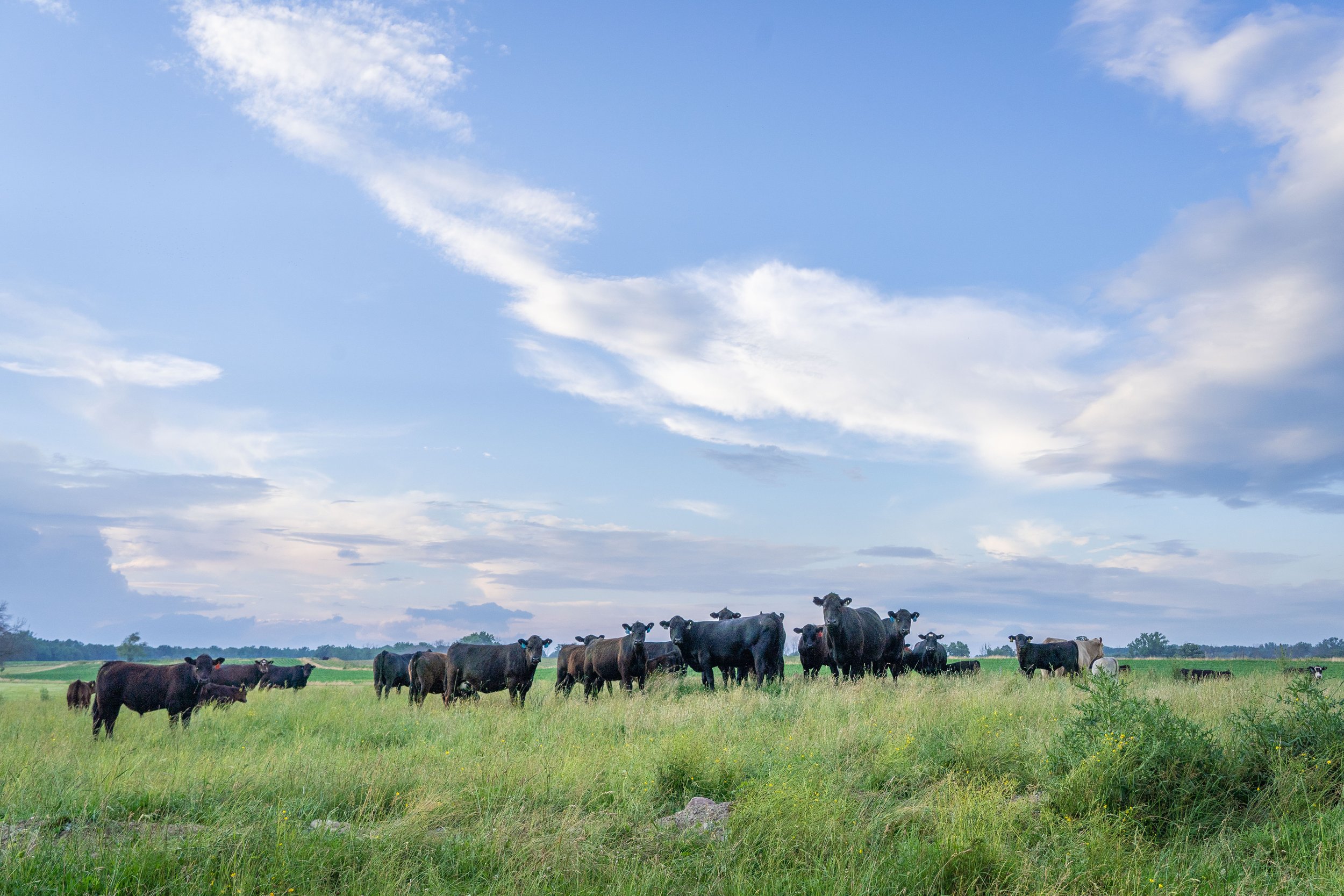Bagley Risk Management Solutions: Your Guard Against Unpredictability
Bagley Risk Management Solutions: Your Guard Against Unpredictability
Blog Article
Comprehending Livestock Risk Protection (LRP) Insurance Coverage: A Comprehensive Guide
Browsing the realm of animals danger protection (LRP) insurance policy can be a complicated endeavor for several in the agricultural sector. This sort of insurance policy uses a safety and security web versus market fluctuations and unpredicted conditions that could affect animals producers. By understanding the complexities of LRP insurance policy, manufacturers can make informed choices that might safeguard their operations from economic risks. From exactly how LRP insurance policy functions to the numerous coverage choices readily available, there is much to discover in this comprehensive overview that could possibly shape the means livestock producers come close to danger management in their organizations.

Just How LRP Insurance Functions
Sometimes, comprehending the technicians of Animals Risk Protection (LRP) insurance coverage can be complicated, yet breaking down just how it functions can give clarity for farmers and ranchers. LRP insurance coverage is a danger administration tool created to shield animals manufacturers against unforeseen cost declines. It's essential to note that LRP insurance coverage is not a revenue guarantee; rather, it focuses entirely on cost risk defense.
Qualification and Insurance Coverage Options

When it comes to protection choices, LRP insurance coverage provides manufacturers the versatility to choose the coverage level, coverage duration, and recommendations that finest fit their threat management requirements. By understanding the qualification criteria and insurance coverage alternatives readily available, livestock manufacturers can make informed decisions to manage threat successfully.
Pros and Disadvantages of LRP Insurance Coverage
When evaluating Animals Danger Protection (LRP) insurance policy, it is important for livestock manufacturers to evaluate the advantages and downsides integral in this danger management device.

One of the primary benefits of LRP insurance policy is its capability to supply defense against a decrease in animals costs. Additionally, LRP insurance coverage provides a level of versatility, enabling manufacturers to personalize coverage degrees and plan durations to match their certain demands.
One constraint of LRP insurance policy is that it does not safeguard against all kinds of dangers, such as illness outbreaks or all-natural catastrophes. It is important for producers to carefully analyze their specific danger exposure and economic situation to determine if LRP insurance coverage is the right threat administration device for their operation.
Recognizing LRP Insurance Coverage Premiums

Tips for Maximizing LRP Advantages
Optimizing the benefits of Livestock Threat Defense (LRP) insurance coverage calls for calculated planning and aggressive threat monitoring - Bagley Risk Management. To maximize your LRP coverage, think about the adhering to suggestions:
Frequently Examine Market Problems: Keep informed regarding market fads and rate fluctuations in the livestock market. By checking these factors, you can make enlightened decisions about when to buy LRP coverage to secure versus prospective losses.
Set Realistic Insurance Coverage Levels: When selecting coverage degrees, consider your manufacturing that site expenses, market price of animals, and potential threats - Bagley Risk Management. Setting reasonable protection degrees makes certain that you are effectively safeguarded without overpaying for unnecessary insurance coverage
Diversify Your Protection: As opposed to counting only on LRP insurance policy, take into consideration expanding your threat monitoring strategies. Incorporating LRP with various other threat administration tools such as futures contracts or options can offer extensive coverage against market unpredictabilities.
Testimonial and Change Coverage Frequently: As market problems change, regularly review your LRP insurance coverage to guarantee it lines up with your current threat exposure. Adjusting protection levels and timing of acquisitions can help maximize your threat security technique. By complying with these ideas, you can optimize the advantages of LRP insurance and protect your animals operation versus unexpected threats.
Final Thought
In conclusion, livestock threat protection (LRP) insurance policy is an important device for farmers to handle the financial threats connected with their livestock procedures. By comprehending exactly how LRP works, eligibility and coverage options, in addition to the benefits and drawbacks of this insurance, farmers can make enlightened choices to safeguard their source of incomes. By carefully taking into consideration LRP costs and executing approaches to optimize advantages, farmers can mitigate prospective losses and make sure the sustainability of their procedures.
Livestock producers interested in acquiring Animals Danger Defense (LRP) insurance can discover an array of eligibility requirements and insurance coverage alternatives customized to their particular livestock procedures.When it comes to insurance coverage alternatives, LRP insurance policy provides manufacturers the adaptability to select the coverage degree, insurance coverage duration, and recommendations that ideal match their threat management needs.To comprehend the ins and outs of Animals Risk Defense (LRP) insurance policy totally, comprehending the elements affecting LRP insurance premiums is critical. LRP insurance coverage premiums are established by numerous components, including the protection level selected, the expected price of animals at the end of the coverage duration, the kind of animals being insured, and wikipedia reference the length of the insurance coverage duration.Testimonial and Adjust Coverage Regularly: As market problems alter, occasionally evaluate your LRP protection to guarantee it straightens with your present danger exposure.
Report this page